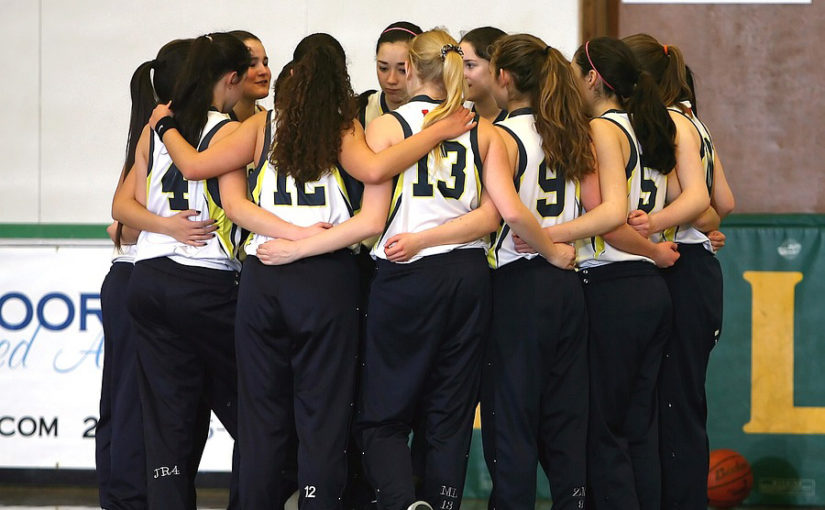Examining coach abuse in women’s basketball
 The two authors of that report on Thursday published a short piece on SI.com raising questions about one of their findings. Specifically, why so many abuse allegations seem to come from women’s basketball.
The two authors of that report on Thursday published a short piece on SI.com raising questions about one of their findings. Specifically, why so many abuse allegations seem to come from women’s basketball.
Sports Illustrated counted at least seven instances over the past 28 months where a Division I school investigated, suspended or fired its women’s basketball coach amid allegations of mistreatment. The authors reference an NCAA survey that found 39 percent of women’s basketball players “strongly agree” that their coach can be trusted. It begs you to question what the other 61 percent would say.
From the article:
In speaking with Illini coach Matt Bollant for this week’s report, I asked him about the implications of an NCAA rule that permits women’s sports to carry more players than their male counterparts. Larger squad sizes are a way to offset the huge numbers of male athletes required for football and helps balance the Title IX books. Is there a point at which a coach might take on more players than he or she can manage—or, to put it from the player’s perspective, at which a young woman eager for a sense of belonging will feel marginalized?
“That’s a very fair thing to look at,” said Bollant, who coached at Wisconsin-Green Bay before landing in Champaign. “At Green Bay we redshirted players, but they weren’t that highly recruited. At a mid-major, it’s easier to carry 15 on your roster and keep them happy.”
Bollant said that, while interviewing for the Wisconsin job, Badgers athletic director Barry Alvarez asked him if he’d be willing to carry as many as 17 players. The request alarmed him enough that it contributed to his losing interest in the opening.
…
Former Boston University coach Kelly Greenberg, who stepped down in April 2014 after player complaints dating back a decade, told me she had always regarded communication with her players as one of her professional strengths. “Unfortunately, I was never addressed with any of these problems,” she said. “They went directly to the media, so it was out of my hands, and out of my university’s hands.
The coaches seem to be fairly honest and open with regard to their approach with athletes, and the article is certainly worth your time. If nothing else, it makes you question what’s taking place in women’s basketball that’s so much different from other sports.
Click here to read the full article.












